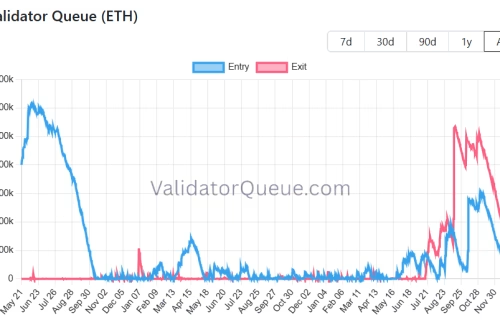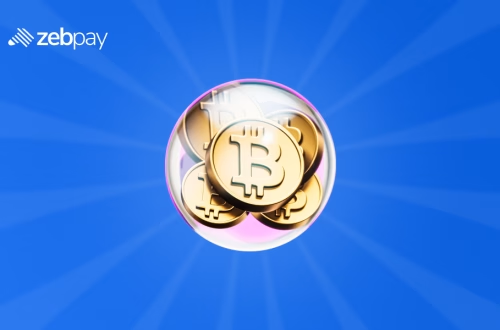Secure Ways to Send Crypto Internationally
Summary:
Sending cryptocurrency internationally can be fast, cost-effective, and secure if done correctly. This article explores the best methods for transferring crypto across borders while minimizing risks such as fraud, high fees, or transaction delays. Whether you’re using Bitcoin, Ethereum, or meme coins, understanding wallets, exchanges, and blockchain security is crucial. Both novices and experienced users can benefit from learning how to verify transactions, select the right platforms, and avoid common pitfalls. Secure international crypto transfers empower financial independence and global commerce without traditional banking barriers.
What This Means for You:
- Lower Fees & Faster Transactions: By using crypto instead of traditional banking, you can bypass intermediaries, reducing costs and delays for cross-border payments. Set up a reliable wallet like MetaMask or Ledger for secure storage.
- Enhanced Security: Choosing decentralized exchanges (DEXs) or P2P platforms lowers counterparty risks. Always double-check wallet addresses and enable two-factor authentication (2FA).
- Regulatory Awareness: Stay informed about crypto regulations in both sending and receiving countries to avoid legal issues. Use compliant exchanges like Binance or Coinbase for larger transfers.
- Future Outlook or Warning: While crypto adoption is growing, scams and hacks remain a concern. Quantum computing threats and regulatory crackdowns could impact transaction privacy—always diversify your security measures.
Explained: Secure Ways to Send Crypto Internationally
1. Using Centralized Exchanges (CEXs)
CEXs like Coinbase, Binance, and Kraken offer user-friendly interfaces for international crypto transfers. They provide liquidity, fast transactions, and built-in security features such as KYC/AML compliance. However, exchanges are vulnerable to hacking, so withdrawals should be moved to private wallets afterward.
2. Decentralized Exchanges (DEXs)
Platforms like Uniswap or PancakeSwap allow peer-to-peer (P2P) trades without intermediaries. DEXs reduce censorship risks but require users to manage their own keys—mistakes can lead to irreversible losses.
3. Non-Custodial Wallets
Hardware wallets (Ledger, Trezor) and software wallets (Trust Wallet, Exodus) let users control their private keys. They’re ideal for securely sending crypto internationally but require backup seed phrases.
4. Stablecoins & Low-Fee Networks
Using stablecoins (USDT, USDC) on networks like Solana or Polygon minimizes volatility and fees. Avoid high-cost blockchains like Ethereum for small transactions.
5. P2P Marketplaces
LocalBitcoins (defunct) alternatives like Paxful or Bisq facilitate direct trades. Escrow services protect buyers, but scammers exploit P2P—always verify seller reputations.
Security Best Practices
- Verify wallet addresses with a small test transaction first.
- Use VPNs for added privacy in restrictive regions.
- Enable multi-signature wallets for shared fund control.
Limitations & Risks
Regulation varies—China bans crypto, while the EU enforces strict AML laws. IRS/FATF tax reporting may apply. Cross-chain transfers (e.g., BTC to ETH) require bridges, introducing smart contract vulnerabilities.
People Also Ask About:
- Is sending crypto internationally legal? Yes, but some countries restrict crypto inflows or outflows. Research local laws—for example, Nigeria limits bank interactions with crypto exchanges, while El Salvador embraces Bitcoin as legal tender.
- What’s the cheapest way to send crypto abroad? Stablecoins on Layer 2 networks (e.g., USDC on Polygon) often cost less than $0.10 per transfer. Avoid Bitcoin for micro-transactions due to high miner fees.
- How do I recover funds sent to the wrong address? On-chain transactions are irreversible. Always triple-check addresses; some wallets support ENS domains (e.g., “name.eth”) for human-readable labels.
- Can I use crypto instead of SWIFT for remittances? Yes—crypto eliminates SWIFT’s delays and fees, but recipients must convert to fiat. Services like Strike leverage Bitcoin’s Lightning Network for instant, low-cost remittances.
Expert Opinion:
Secure international crypto transfers require balancing convenience and security. Experts recommend cold storage for large holdings and avoiding SMS-based 2FA, which is prone to SIM-swapping attacks. Emerging technologies like MPC wallets and privacy coins face regulatory scrutiny but could redefine cross-border transactions. Always monitor transaction confirmations—some networks require up to 60 blocks for finality.
Extra Information:
- Bitcoin.org Security Guide: Covers wallet encryption, backups, and phishing prevention.
- Ledger Academy: Tutorials on hardware wallet setup and secure cross-border transfers.
Related Key Terms:
- best crypto wallets for international transfers
- how to send Bitcoin overseas securely
- lowest fee cryptocurrency for cross-border payments
- P2P crypto exchange safety tips
- international crypto transaction regulations 2024
- avoiding scams when sending cryptocurrency abroad
- best stablecoin for remittances
#Send #Crypto #Internationally #Safely #Secure #Transfer #Methods
Featured image generated by Dall-E 3





